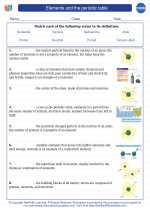Rodents
Rodents are a group of mammals characterized by a single pair of continuously growing incisors in each of the upper and lower jaws. They make up the largest group of mammals, with over 2000 species belonging to this order. Some common examples of rodents include mice, rats, squirrels, and beavers.
Anatomy and Physiology
One of the defining features of rodents is their continuously growing incisors. These incisors must be kept worn down by gnawing to prevent them from becoming overgrown. Rodents also have a relatively simple stomach structure and rely heavily on bacterial fermentation to break down cellulose from plant material.
Ecology and Behavior
Rodents occupy a wide range of ecological niches, from burrowing species like gophers and moles to tree-dwelling species like squirrels. They are found on every continent except Antarctica and play important roles in many ecosystems as seed dispersers, prey for predators, and ecosystem engineers through their burrowing activities.
Reproduction
Rodents are known for their high reproductive rates, with short gestation periods and large litters being common among many species. This reproductive strategy helps them offset high mortality rates due to predation and other environmental factors.
Importance and Impact
While some rodents are considered pests due to their ability to damage crops and property, others are important in scientific research and as companion animals. Additionally, rodents serve as a food source for many predators, and their burrowing activities can have significant impacts on soil structure and plant growth.
Study Guide
- What are the defining characteristics of rodents?
- Describe the ecological roles of rodents in different habitats.
- Explain the significance of the continuously growing incisors in rodents.
- Discuss the reproductive strategies of rodents and their ecological implications.
- What are some common examples of rodents, and how do they interact with humans and the environment?
[Rodents] Related Worksheets and Study Guides:
.◂Chemistry Worksheets and Study Guides High School. Elements and the periodic table
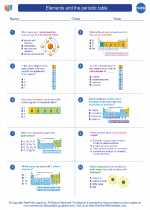
 Worksheet/Answer key
Worksheet/Answer key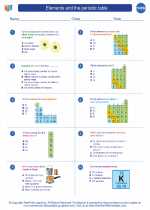
 Worksheet/Answer key
Worksheet/Answer key
 Vocabulary/Answer key
Vocabulary/Answer key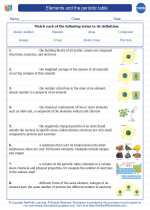
 Vocabulary/Answer key
Vocabulary/Answer key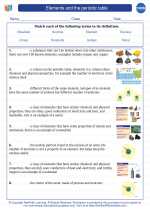
 Vocabulary/Answer key
Vocabulary/Answer key